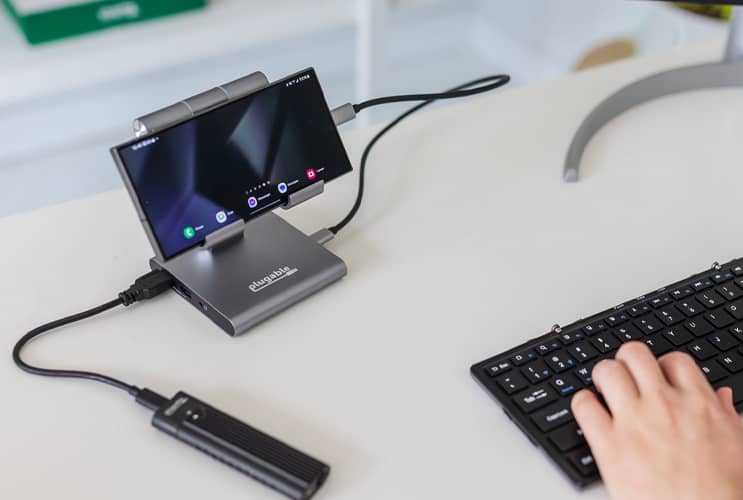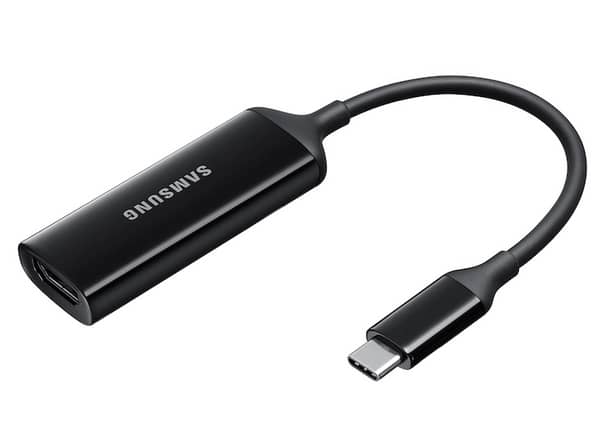If you’re trying to connect your Samsung device to an external display using a USB-C to HDMI adapter and it’s not working, don’t worry—you’re not alone. This common issue can be frustrating but is usually fixable with some simple troubleshooting. Here’s a friendly and professional guide to help you get your Samsung USB-C to HDMI connection working smoothly.
Common Reasons your Samsung USB-C to HDMI Connection Fails
Before we jump into the solutions, understanding the root of the problem can save a ton of time:
- Physical Damage or Debris: Sometimes, a little bit of dust or slightly bent connectors in your USB-C port or HDMI adapter can disrupt the connection.
- Firmware or Driver Issues: Outdated software, missing updates, or glitches after recent OS changes can cause compatibility hiccups.
- Incompatible adapters or Devices: Not every USB-C port or adapter supports video output. Some are for charging only, while others may require a specific standard called DP Alt Mode.
- Loose or Defective Cables: Even minor cable damage or a wobbly connection can break the signal chain.
- Display Settings or Resolution Mismatch: If your external monitor or TV doesn’t support the resolution set on your Samsung device, the connection may fail or flicker.
Steps to Fix Samsung USB-C to HDMI Not Working
To fix Samsung USB-C to HDMI not working, here are practical steps to troubleshoot and resolve the issue:
Check Hardware Compatibility and Connections
- Ensure your Samsung device’s USB-C port supports video output via DP Alt Mode (DisplayPort Alternate Mode). Not all USB-C ports support video; models like the Galaxy A02s, for example, may have USB-C ports without video capability.
- Verify that the USB-C to HDMI adapter, HDMI cable, and external display (TV or monitor) are all functioning correctly by testing each component independently.
- Make sure all connections are secure and properly plugged in without loose fittings or debris in the ports.
Use Official or Compatible Accessories
- Use an official Samsung USB-C to HDMI adapter or one certified for compatibility with your device, especially for Samsung DeX functionality.
- Third-party adapters may not fully support all features or may not be compatible with your model.
Software Updates and Settings
- Update your Samsung device to the latest software version via Settings > Software Update to fix known bugs that could cause HDMI issues.
- Restart both your phone and the external display.
- On your phone, enable Samsung DeX mode or mirror the screen, and make sure the output mode is set correctly (HDMI mode rather than screen mirroring).
- Clear cache for Samsung DeX services if relevant: Settings > Apps > Samsung DeX > Storage > Clear Cache.
Adjust Display Settings
- Check and adjust the external display resolution settings on your phone or computer to match what the monitor or TV supports to prevent unstable or no signal issues.
Try Different Ports and Cables
- Connect to a different USB-C port if available
- Try another HDMI cable or adapter to rule out faulty cables.
Additional PC or Laptop Troubleshooting (if applicable)
- Update the display and USB drivers on your computer to ensure compatibility with the adapter.
- Run hardware troubleshooters available in your system.
Power Cycle and Reconnect
- Disconnect all cables and power off all devices.
- Power them on again; connect the USB-C adapter first to the phone, then connect the HDMI cable to the display.
If after these steps it still doesn’t work, the problem could be a faulty adapter or hardware issue with the USB-C port requiring professional support or replacement.
Following these troubleshooting tips should help resolve most Samsung USB-C to HDMI connection problems and get your video output working smoothly again. Let me know if you want a more specific guide based on your Samsung model or connected devices.

